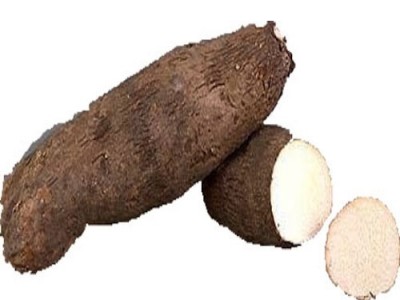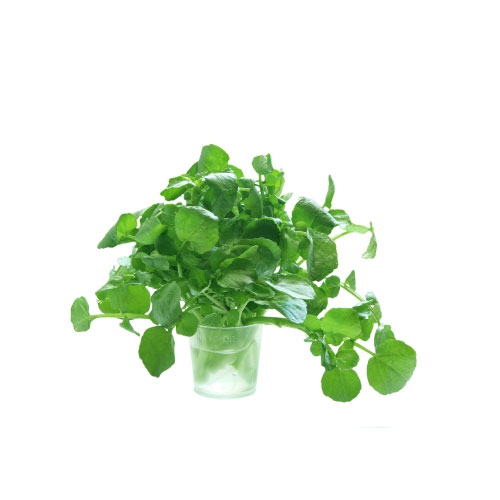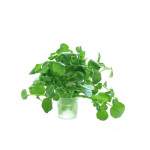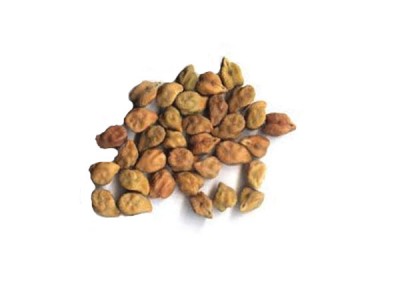

Land Cress aka Barbarea verna-Health Benefits
Land cress
Plants and trees share major portion of earth’s surface and are also found under the sea. Algae and seaweeds which are found in the rocky surfaces and rough terrain near the seashore have lots of nutrients and medicinal values. Trees and plants filter the ultraviolet and other dangerous rays from the sun and protect the lives living under them. This topic will deal with a nutritious plant named Land cress which comes under the family Brassicaceae and plantae kingdom. The botanical name of this plant is barbarea verna. The other names of this plant are American cress, bank cress, black wood cress, belle Isle cress, Bermuda cress, early yellow rocket, early winter cress, scurvy cress, creasy greens and upland cress.
Land cress is native to southwestern Europe, but is also cultivated in Florida and other parts of USA. This plant needs very less water and that is the reason many countries prefer to grow this plant which includes USA. The color of the leaves is dark green and has the same flavor as that of watercress. The color of the flowers is yellow. This plant grows throughout the year and is considered as perennial plant. This perennial plant is tolerant to cold weather and thrives in open. The production of leaves is profound during the months of summer and autumn.
Cultivation
The leaves will be ready for harvesting after seven weeks from the date of sowing. The size that is attains during maturity is 10 to 15 cm. This plant grows wonderfully in rich moist and well-drained soil and under a shady atmosphere. Land cress is being cultivated as a leafy vegetable right from 17th century. This plant can be grown underneath some tall trees like Jerusalem artichokes, runner beans or sweet corn. This plant is very similar like water cress. The plant grows to a height of 0.3 m by 0.3 m. It is in flower from May to July and the seeds ripen during the months from Jun to August. The flowers have both male and female organ and are pollinated by bees, flies, beetles and self.
Benefits
- These leaves are used as salads or in soup.
- Land cress is very rich in vitamins, iron and calcium.
- The oil is extracted from the seeds of this plant which is edible.
- Rich in vitamins and minerals, including vitamin A, vitamin C, vitamin K, folate, and calcium.
- Contains antioxidants, which help protect your cells from damage.
- High in dietary fiber, which helps support digestive health.
- May help reduce inflammation and improve heart health.
- May help reduce the risk of certain types of cancer.
- May have antimicrobial and antifungal properties.
- May help lower cholesterol levels.
- May help reduce symptoms of menopause.
- May promote healthy skin.
Facts
- Land cress (Barbarea verna) is a member of the mustard family and is native to Europe and western Asia.
- It is an annual or biennial herb and grows to a height of up to 50cm.
- The plant is edible and has a peppery, mustard-like flavor.
- It is rich in vitamin C and other vitamins and minerals.
- It is also known as yellow rocket, yellow cress, and winter cress.
- It is commonly used in salads and sandwiches.
- It is also used to garnish soups and other dishes.
- The leaves can be steamed, boiled, or eaten raw.
- Land cress is high in antioxidants and is believed to have anticancer properties.



